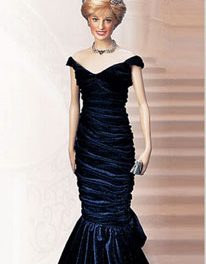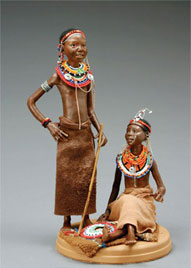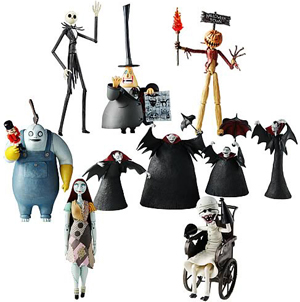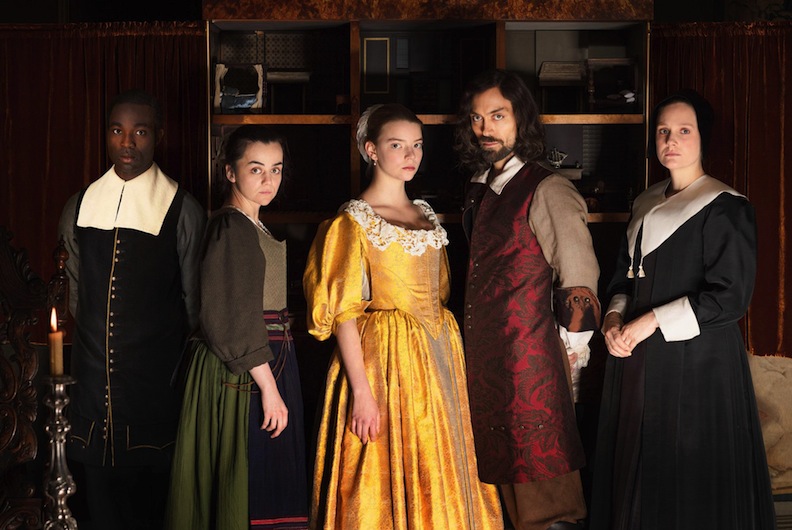
The cast of “The Miniaturist” will bring the million-seller to mysterious life. (Courtesy of PBS/Masterpiece)
PBS will be launching another miniseries Sunday evening, Sept. 9, that they hope will capture America’s attention and lead to an armful of Emmy nominations come next year. Billed as a historical mystery with supernatural overtones, the show is “The Miniaturist” and it’s based on the best-selling novel from 2014. Touted as a peek into a strange and exotic world, the TV program’s milieu is a niche that we’re all familiar with. It’s a dollhouse, and the edifice and its maker do seem to be otherworldly and clairvoyant. That’s not a surprise for us doll aficionados who are accustomed to seeing ourselves portrayed as sort of kooky, eccentric, and a bit “out there.”
“The Miniaturist” is set in the Netherlands in the 17th century, and during this time period, the presentation of a dollhouse was not uncommon or cause for alarm. As merchants became wealthier and more financially comfortable, and had actual disposable income, they would often commission renderings of their mansions. These home models were frequently housed in cabinets, where the doors to the cabinets would swing open and a startling salute to one’s domicile would be found within.
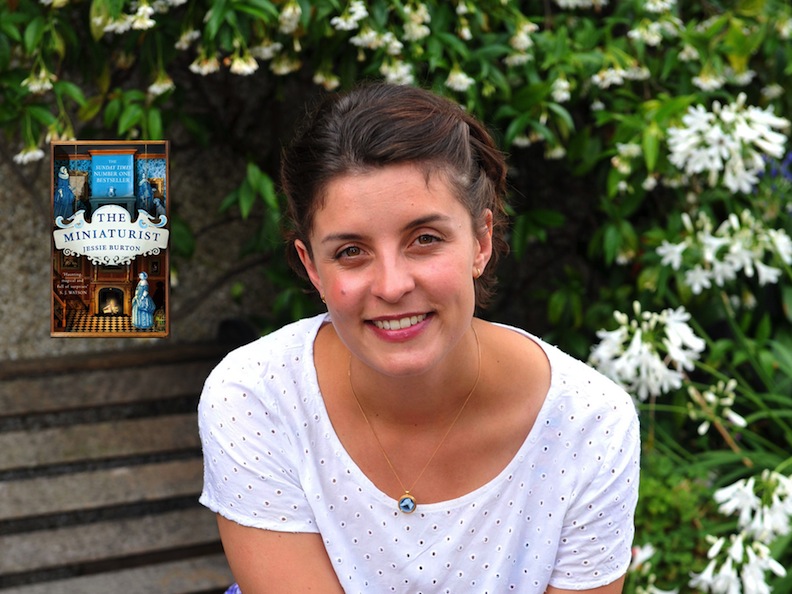
Jessie Burton, author of “The Miniaturist” (Courtesy of PBS/Masterpiece)
In fact, the author of “The Miniaturist” novel was inspired to concoct her fiction while on vacation in Amsterdam. Jessie Burton was at the Rijksmuseum and saw the famous Petronella Oortman dollhouse on display. According to Burton, she was so impressed by the delicacy and craftsmanship of the house and its furnishings that her mind began to imagine why such a fabulous feat would ever be attempted. Burton was not a doll collector so she saw this house as a spectacular marvel, something that would defy logic and reason. Luckily for her and her readers, she fell under the sway of the elaborate décor and doll-size accessories. She perceived it as something peculiar and off-beat, something that had to have a story behind its opulence. In reality, it was representative of what all the rich Dutchmen were doing for their brides and wives. It’s an example of “keeping up with the Joneses,” or in Holland’s case, the van Dykes.
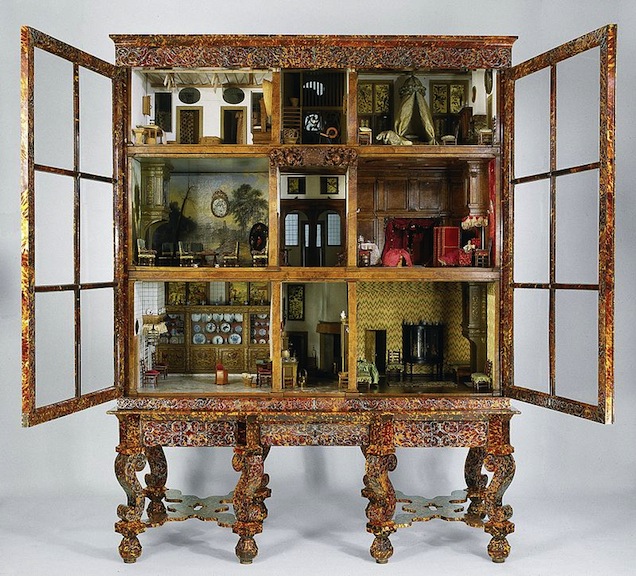
The actual dollhouse of Petronella Oortman, the inspiration for “The Miniaturist” novel and miniseries
While the husbands collected paintings, clocks, cigars, tulips, and other curiosities, the wives were offered the opportunity to decorate the dollhouses to reflect how their homes actually were, or they could enhance reality and spruce the rooms up as they desired them to be. In “The Miniaturist,” the decorations become harbingers of future events and episodes. It is that cloak of mysticism that launched it into a publishing phenomenon.
The actual Oortman dollhouse was nine rooms, three rooms per floor. The amount of money that was spent to furnish it and improve it was more than what many Dutchmen spent on purchasing an actual house to reside in with their families. The doll-size people who lived inside Oortman’s house have vanished over time. It’s been said that there used to be quite a number of residents inside the cabinet house, as many as 16. Now, only a child doll remains in the nursery. The other people have disappeared. (That does sound eerie, doesn’t it! One can only imagine if that vanishing is used to supernatural effect in “The Miniaturist.”)
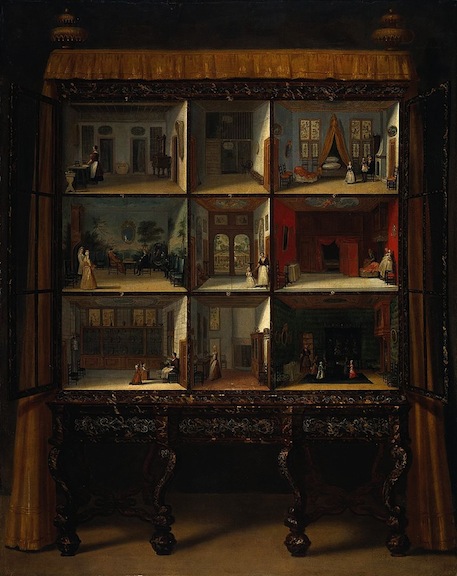
Jacob Appel’s famous painting, circa 1710 (Courtesy of Rijksmuseum)
Jacob Appel, the famous landscape and portrait artist of the 18th century, painted the Oortman dollhouse in 1710. That painting captures the dollhouse in all its glory and glamour. It is a wonder to behold, because it offers a glimpse into the luxurious lifestyle that a well-to-do family could enjoy in the late 1600s into early 1700s. While many people were scratching out meager existences, this dollhouse offers a view into privilege and success, luxury and leisure. Remember, it takes a lot of money to have these items custom-built, and it requires a lot of patience to await each piece’s completion and arrival.
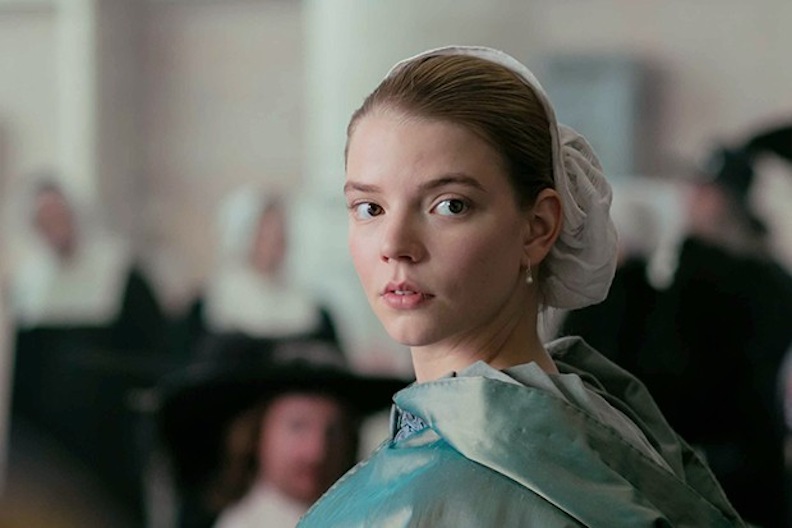
Nella Brandt (played by Anya Taylor-Joy), the protagonist of “The Miniaturist” (C) The Forge Photographer: Laurence Cendrowicz
“The Miniaturist” is a three-part series, and it promises to be the usual high-quality production that PBS is known for. Over the years, many of the Masterpiece offerings have inspired doll artists and, as a result, my blogging as well. “Downton Abbey” influenced a host of dollmakers who poured their hearts, souls, and imaginations into dreaming up characters and costumes that reflected the affluent yet identifiable Crawley family. There was a Crawley character for each and every viewer to “crush on,” and the dolls that were served up spanned porcelain beauties to ephemeral paper concoctions.
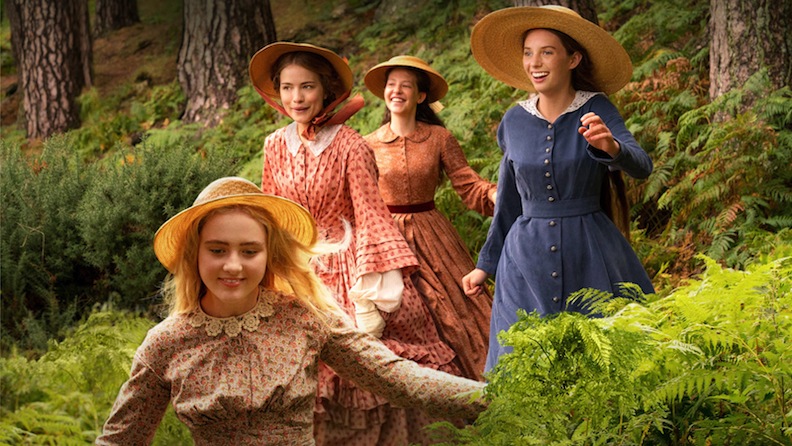
The March sisters of PBS’s “Little Women” miniseries (Courtesy of WGBH/PBS)
Most recently, I wrote about the spectacular re-imagining of “Little Women,” which aired on PBS. Featuring many British performers and crewmembers, these European cast members and behind-the-scenes professionals brought a new take to the Louisa May Alcott classic. As Americans, we’ve grown up with the exploits of the March sisters, but for the English, it is a foreign tome. They approached it with an open heart and an open mind. It made for lovely family viewing.
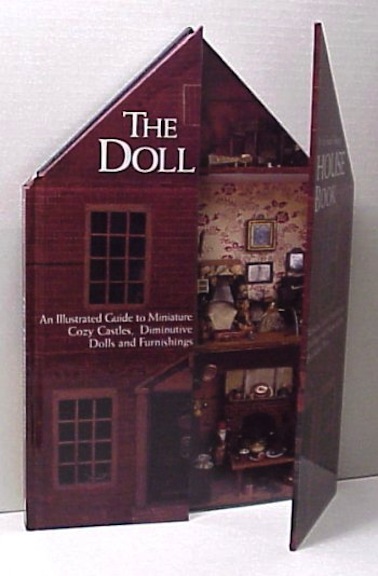
The Doll House Book by Stephanie Finnegan, which is shaped like a dollhouse!
“The Miniaturist” stars an international roster of actors and actresses. Some are familiar to PBS viewers from past achievements: Anna Taylor-Joy, Romola Garai, Hayley Squires, Emily Berrington, and Alex Hassell, to name just a few. Check out your local PBS listings for channels and times in your neck of the woods.
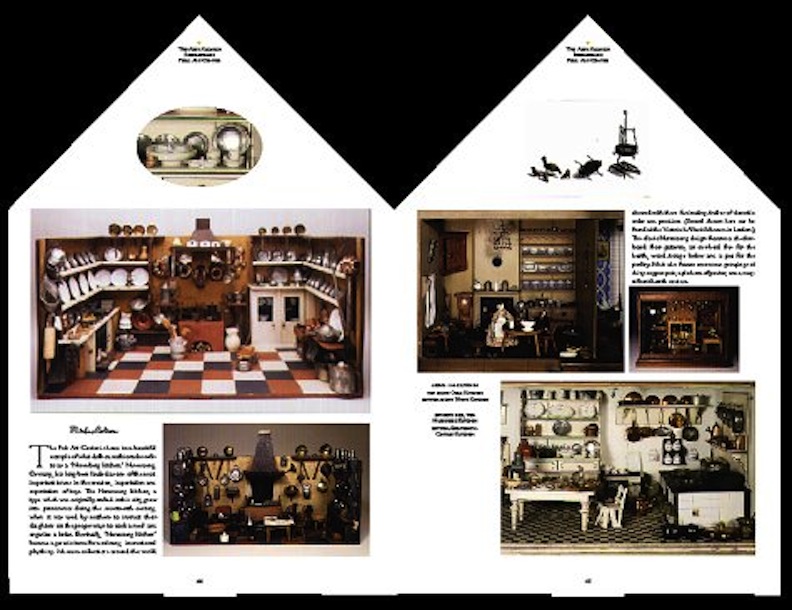
Interior of Finnegan’s Doll House Book, which explored miniature marvels
As a doll historian — I had the great good fortune to author a historical book about the famous dollhouses of the past centuries (it was even shaped like a dollhouse) — so I am looking forward to this miniseries. I’m excited to see what they do to the plot of “The Miniaturist” novel, and to see if any doll artists are inspired to give us their versions of the Dutch family, friends, and mysterious artisans that populate the world.
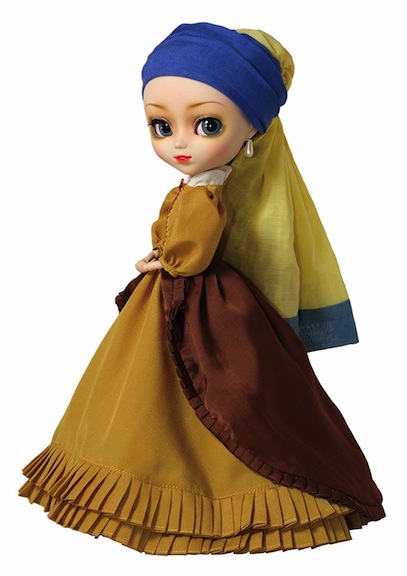
Pullip version of “Girl with Pearl Earring” by Vermeer
It’s as though a Rembrandt or a Vermeer oil painting has sprung to miraculous life and is hypnotizing us with endless possibilities. It could be another great year for Masterpiece-inspired doll artistry!

